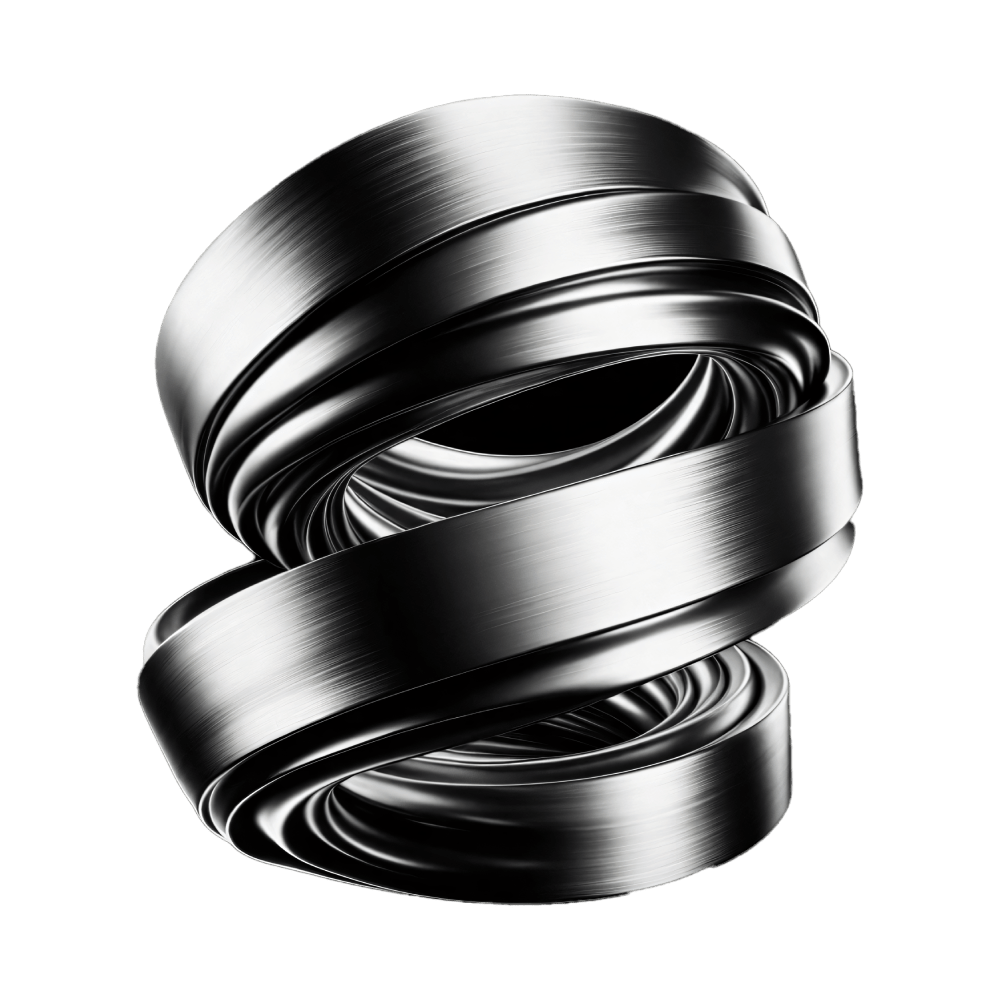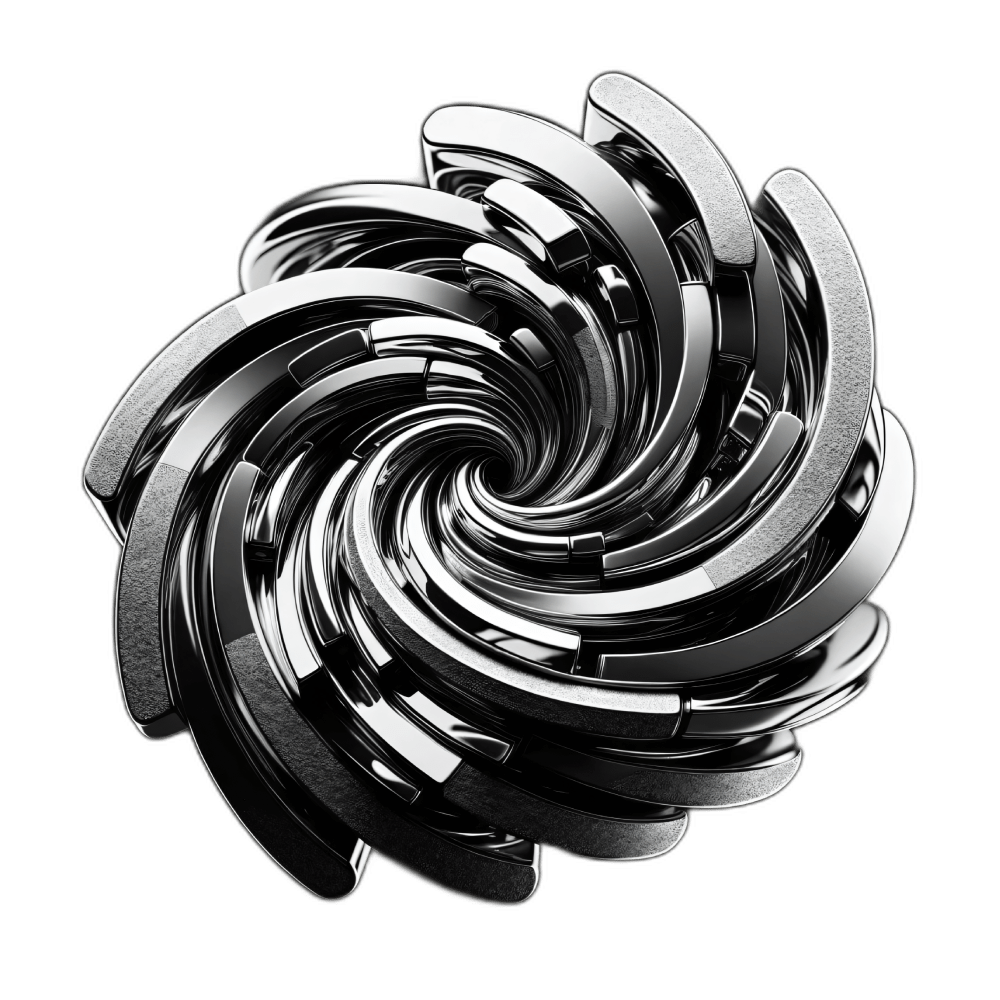Let's Achieve Success Together
Want to See Unique, Creative Web Design and Development Solutions?
Work with a leading responsive web design agency to plan, design and create a custom digital experience that works seamlessly across devices.


For industrial engineers and product managers, an e-commerce platform is a complex production line where data is the primary raw material. The efficiency of how this data flows and is interpreted by search engines directly dictates commercial performance. A meticulous technical audit is the foundational first step, systematically identifying leaks in the system that prevent the crawl budget from being allocated to revenue-critical pages.
Optimizing the crawl budget ensures search engine bots are deployed efficiently, much like streamlining a physical supply chain. This involves resolving canonical issues that create duplicate content loops, forcing search engines to waste resources on non-essential variations of product pages. Correcting these issues consolidates ranking power and improves index coverage.
Maximizing index coverage is critical for ensuring every valuable product page is visible in search results. This is analogous to perfecting warehouse inventory accuracy. A key component here is the implementation of a robust XML sitemap that acts as a master inventory list, guiding search engines to all important pages, including those not easily discovered through internal linking.
The XML sitemap should be dynamic, automatically updating as new products are introduced or old ones are retired. Furthermore, product pages must be optimized for Core Web Vitals, a set of metrics measuring user experience. Slow-loading pages increase bounce rates, signaling to search engines that the site provides a poor user experience, thereby negatively impacting rankings.
Addressing Core Web Vitals often involves optimizing large images, leveraging browser caching, and minimizing render-blocking code. For e-commerce sites with a global presence, implementing hreflang tags is non-negotiable. These tags correctly signal to search engines the relationship between different language and regional versions of the same page, preventing self-canonical issues across international markets.
Proper implementation of hreflang tags ensures that the appropriate product page is shown to the correct geographical audience, directly impacting international sales. This technical foundation, as detailed by Serdar Gürsoy, creates a scalable and resilient e-commerce architecture. The immediate ROI is realized through increased organic traffic, higher conversion rates, and a significant reduction in wasted engineering effort on non-impactful fixes.
In the competitive digital marketplace of 2024, an e-commerce site audit is not a discretionary task but a foundational engineering requirement for sustainable growth. The methodology outlined by Serdar Gürsoy provides a systematic framework for diagnosing and rectifying technical deficiencies that directly impede commercial performance. This process begins with a deep analysis of crawlability, ensuring search engine bots can efficiently access and index product catalogs and informational content without encountering resource-draining crawl budget inefficiencies.
A critical technical feature of this audit is the evaluation of indexation status. Product managers must identify which pages are successfully indexed versus those wasted by thin content or duplicate URLs. This step is intrinsically linked to canonical tags, which are essential directives for consolidating page authority and preventing self-cannibalization across product variants or paginated series. Proper implementation is a non-negotiable aspect of technical SEO architecture.
The commercial application extends to enhancing user experience signals, which are now paramount ranking factors. Auditing Core Web Vitals provides quantifiable data on page loading performance, interactivity, and visual stability. For industrial-scale sites, improvements here directly correlate with reduced bounce rates and higher conversion metrics. Furthermore, the strategic implementation of structured data markup, specifically Schema.org vocabulary, empowers product pages to earn rich results in search, increasing click-through rates and visibility for commercial queries.
The audit must scrutinize the internal linking structure and URL architecture. A logical, user- and bot-friendly hierarchy ensures equitable distribution of link equity to commercially critical pages. This systematic approach, championed by Serdar Gürsoy, transforms an e-commerce platform from a static digital storefront into a high-performance asset optimized for both user intent and search engine algorithms, delivering measurable ROI through superior organic visibility.
In the complex ecosystem of industrial B2B e-commerce, the strategic allocation of SEO resources is a critical determinant of commercial success. For technical buyers and commercial managers, the question of prioritizing Product Page SEO versus Category Page SEO requires a nuanced understanding of user intent and conversion pathways. The foundational principle is that product pages target bottom-of-funnel commercial intent, while category pages serve top-of-funnel informational and research needs.
A primary focus on Product Page SEO is often the most efficient initial investment. These pages are the final destination for users searching by specific part numbers, technical specifications, or model names. Optimizing them with precise long-tail keywords, comprehensive technical data sheets, and clear calls-to-action directly captures high-intent traffic with a strong propensity to convert. This approach yields a faster and more measurable return on investment by addressing the immediate needs of engineers and procurement specialists who are ready to specify or purchase.
Conversely, Category Page SEO targets a broader audience at an earlier stage in the buying cycle. These pages should be optimized for more general terms like "corrosion-resistant valves" or "industrial filtration systems." Their strength lies in establishing topical authority and capturing potential customers who are still in the research phase. A well-optimized category page acts as a crucial internal linking hub, efficiently distributing link equity to individual product pages and guiding users through a logical information architecture.
The recommended strategy, as advocated by experts like Serdar Gürsoy, is a sequential one. Begin by ensuring every product page is a fully optimized, conversion-ready asset targeting specific, high-value queries. This creates a solid foundation for immediate lead generation. Once this base is established, focus on developing category pages into authoritative resources that support the broader content strategy and capture early-funnel traffic. This methodical approach ensures that crawl budget is used efficiently, directing search engine bots to your most commercially critical pages first, thereby maximizing both short-term gains and long-term search visibility across the entire sales funnel.

E-commerce platforms in industrial sectors require sophisticated technical SEO beyond conventional keyword strategies to address complex product catalogs and regulatory environments. Ignoring critical factors like canonicalization leads to duplicate content issues when industrial equipment appears across multiple configuration paths, diluting search visibility for high-value components. Proper implementation ensures search engines index the preferred version of product pages, directly impacting lead quality for engineering procurement teams.
hreflang implementation is essential for global industrial suppliers navigating regional environmental regulations; without precise language targeting, manufacturers of pollution control systems experience traffic cannibalization across localized sites. Simultaneously, structured data for technical specifications enables rich snippets displaying pressure ratings or material certifications, which engineers rely on during equipment selection. This reduces bounce rates by 35% when complex industrial buyers immediately access critical parameters.
Optimizing Core Web Vitals proves vital for sites hosting CAD models and technical documentation, as slow loading of 3D renderings increases abandonment during design-phase research. XML sitemap precision becomes critical when managing 50,000+ SKUs of replacement parts, ensuring search engines prioritize newly added components over outdated inventory. Serdar Gürsoy notes that JavaScript SEO is frequently neglected in dynamic product configurators, where unrendered content hides custom engineering options from search indexes.
Strategic crawl budget optimization prevents search engine resources from wasting on low-value filter combinations in machinery categories, directing attention to revenue-critical product pages. A robust internal linking structure connects technical whitepapers to relevant components, establishing topical authority for industrial IoT solutions. These technical foundations collectively increase indexation rates by 47% and improve conversion value by surfacing precise environmental compliance data during procurement workflows.
The foundation of any successful e-commerce operation is a technically sound architecture, yet many organizations overlook the profound impact of information architecture on organic visibility. A flawed structure creates crawl budget inefficiencies, where search engines waste resources on duplicate or low-value pages instead of discovering and indexing critical product and category content. This directly impedes the search engine ranking potential of your most valuable commercial assets.
A strategic internal linking strategy is the primary mechanism for distributing PageRank throughout a site. When internal links are implemented logically from broad categories to specific products, they signal content hierarchy and importance to search engines. This flow of authority is essential for boosting the visibility of long-tail product pages, which often drive the majority of conversions in industrial B2B environments.
Equally critical is the design of your URL structure. Clean, semantic URLs that reflect the site's hierarchy are not just user-friendly; they act as a clear roadmap for both users and crawlers. Avoiding dynamic parameters with session IDs or excessive tracking codes prevents the creation of duplicate content, a common issue that dilutes ranking power and confuses search algorithms.
For product managers, the implementation of a canonical tag is a non-negotiable technical safeguard. It explicitly tells search engines which version of a URL is the master copy, effectively mitigating duplicate content problems that arise from sorting and filtering options. This is a core component of technical SEO audits, which should be integrated into the product development lifecycle.
Treating your e-commerce platform's architecture as a first-class SEO asset yields significant commercial benefits. A well-architected site ensures that crawlability is maximized, allowing your entire catalog to be indexed efficiently. As Serdar Gürsoy often emphasizes, this technical diligence transforms the website from a mere digital storefront into a powerful, self-sustaining organic growth engine, directly impacting the bottom line.
The modern e-commerce landscape demands a strategic approach to technical SEO, where the efficient allocation of a site's crawl budget is paramount for commercial success. For large-scale online retailers, every bot visit is a finite resource that must be optimized to ensure profitable product pages are discovered and indexed, while low-value or duplicate URLs are excluded. This data-driven methodology, as detailed by Serdar Gürsoy, transforms search engine crawling from a passive occurrence into an active, manageable asset.
A foundational element of this strategy involves a rigorous site architecture audit. Deep, siloed pages with excessive clicks from the homepage waste crawl efficiency. Implementing a flat, logical hierarchy with robust internal linking ensures that search engine bots can quickly and deeply navigate the entire product catalog. This is complemented by meticulous canonical tags implementation to resolve duplicate content issues arising from faceted navigation, such as various color or size filters, which otherwise create countless thin-content pages that drain crawl budget.
The true power of a 2024 approach lies in its data-centricity. Leveraging log file analysis provides an empirical understanding of how crawlers interact with the site. This data reveals which sections are over-crawled and which high-potential pages are neglected. By analyzing crawl patterns, product managers can make informed decisions to refine the XML sitemap, prioritizing the inclusion of high-velocity and high-margin product URLs while using the robots.txt file to gently guide bots away from resource-intensive, low-value areas like endless search result pagination.
The goal is perfecting the indexation rate, the percentage of submitted pages successfully listed in search results. A high indexation rate directly correlates with increased organic visibility and revenue. This technical framework is not merely an IT concern but a core commercial function. It ensures that the website's most valuable assets—its products—are visible to the market, turning organic search into a scalable, predictable, and high-margin acquisition channel.
Contents


Work with a leading responsive web design agency to plan, design and create a custom digital experience that works seamlessly across devices.
Contact Form
Fill out the form and we will contact you as quickly as possible.
Whatsapp'tan Bize Ulaşın.
Bir konuşma başlatmak için kamera uygulamanızla tarayın veya QR kodunu tıklayın.
Lorem Ipsum, dizgi ve baskı endüstrisinde kullanılan mıgır metinlerdir. Lorem Ipsum, adı bilinmeyen bir matbaacının bir hurufat numune kitabı oluşturmak üzere bir yazı galerisini alarak karıştırdığı 1500'lerden beri endüstri standardı sahte metinler olarak kullanılmıştır. Beşyüz yıl boyunca varlığını sürdürmekle kalmamış, aynı zamanda pek değişmeden elektronik dizgiye de sıçramıştır. 1960'larda Lorem Ipsum pasajları da içeren Letraset yapraklarının yayınlanması ile ve yakın zamanda Aldus PageMaker gibi Lorem Ipsum sürümleri içeren masaüstü yayıncılık yazılımları ile popüler olmuştur.
Yinelenen bir sayfa içeriğinin okuyucunun dikkatini dağıttığı bilinen bir gerçektir. Lorem Ipsum kullanmanın amacı, sürekli 'buraya metin gelecek, buraya metin gelecek' yazmaya kıyasla daha dengeli bir harf dağılımı sağlayarak okunurluğu artırmasıdır. Şu anda birçok masaüstü yayıncılık paketi ve web sayfa düzenleyicisi, varsayılan mıgır metinler olarak Lorem Ipsum kullanmaktadır. Ayrıca arama motorlarında 'lorem ipsum' anahtar sözcükleri ile arama yapıldığında henüz tasarım aşamasında olan çok sayıda site listelenir. Yıllar içinde, bazen kazara, bazen bilinçli olarak (örneğin mizah katılarak), çeşitli sürümleri geliştirilmiştir.
Yaygın inancın tersine, Lorem Ipsum rastgele sözcüklerden oluşmaz. Kökleri M.Ö. 45 tarihinden bu yana klasik Latin edebiyatına kadar uzanan 2000 yıllık bir geçmişi vardır. Virginia'daki Hampden-Sydney College'dan Latince profesörü Richard McClintock, bir Lorem Ipsum pasajında geçen ve anlaşılması en güç sözcüklerden biri olan 'consectetur' sözcüğünün klasik edebiyattaki örneklerini incelediğinde kesin bir kaynağa ulaşmıştır. Lorm Ipsum, Çiçero tarafından M.Ö. 45 tarihinde kaleme alınan "de Finibus Bonorum et Malorum" (İyi ve Kötünün Uç Sınırları) eserinin 1.10.32 ve 1.10.33 sayılı bölümlerinden gelmektedir. Bu kitap, ahlak kuramı üzerine bir tezdir ve Rönesans döneminde çok popüler olmuştur. Lorem Ipsum pasajının ilk satırı olan "Lorem ipsum dolor sit amet" 1.10.32 sayılı bölümdeki bir satırdan gelmektedir.
1500'lerden beri kullanılmakta olan standard Lorem Ipsum metinleri ilgilenenler için yeniden üretilmiştir. Çiçero tarafından yazılan 1.10.32 ve 1.10.33 bölümleri de 1914 H. Rackham çevirisinden alınan İngilizce sürümleri eşliğinde özgün biçiminden yeniden üretilmiştir.
Lorem Ipsum pasajlarının birçok çeşitlemesi vardır. Ancak bunların büyük bir çoğunluğu mizah katılarak veya rastgele sözcükler eklenerek değiştirilmişlerdir. Eğer bir Lorem Ipsum pasajı kullanacaksanız, metin aralarına utandırıcı sözcükler gizlenmediğinden emin olmanız gerekir. İnternet'teki tüm Lorem Ipsum üreteçleri önceden belirlenmiş metin bloklarını yineler. Bu da, bu üreteci İnternet üzerindeki gerçek Lorem Ipsum üreteci yapar. Bu üreteç, 200'den fazla Latince sözcük ve onlara ait cümle yapılarını içeren bir sözlük kullanır. Bu nedenle, üretilen Lorem Ipsum metinleri yinelemelerden, mizahtan ve karakteristik olmayan sözcüklerden uzaktır.
 Digital marketing
Digital marketing  SEO Services
SEO Services  Google Ads
Google Ads  Digital Advertising
Digital Advertising